Can Dogs Eat Mango Skin? Vet Explains Why It's a Risky Chew!
- 16 Apr 2025 10:37
Mangoes, with their sweet, tropical flesh, are a delicious treat that many humans enjoy. Seeing your dog's interest piqued by the vibrant fruit might make you wonder about sharing, especially the parts we typically discard. This leads to the specific question: can dogs eat mango skin? While the mango flesh itself is generally safe for dogs in moderation (without the pit!), the skin is a different story. The answer from veterinarians is generally **NO**, dogs should not eat mango skin due to its tough, fibrous nature, potential for pesticide residue, and the presence of compounds that can cause skin irritation or digestive upset.
This comprehensive guide, based on veterinary expertise and adhering to E-E-A-T (Expertise, Authoritativeness, Trustworthiness) standards, will delve into the specific reasons why mango skin is unsuitable for dogs. We'll explore the risks of indigestion, potential allergic reactions, pesticide concerns, and the choking hazard it presents, ultimately explaining why sticking to the fleshy fruit (prepared correctly) is the only safe way to share mango.
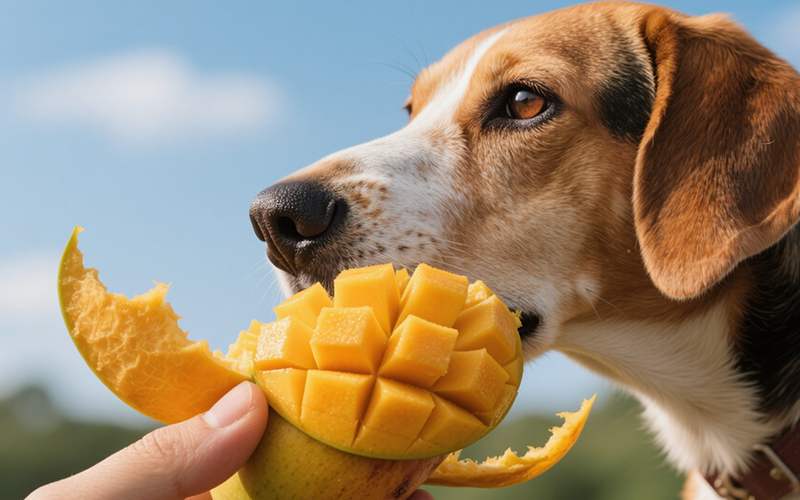
Understanding Mango Skin: Texture and Composition
Mango skin (or peel) is the outer layer of the mango fruit (Mangifera indica). Its characteristics are key to understanding why it's problematic for dogs:
Tough and Fibrous:** Mango skin is significantly tougher and more fibrous than the soft flesh inside.
Contains Urushiol (Potentially):** Mango skin, leaves, and stems contain small amounts of urushiol, the same oily compound found in poison ivy, poison oak, and poison sumac. While levels are much lower than in poison ivy, it can still cause contact dermatitis (skin rash/irritation) in sensitive humans and potentially dogs.
Pesticide Residue:** As the outer layer, the skin is most exposed to pesticides sprayed during cultivation unless certified organic and thoroughly washed.
Difficult to Digest:** Its tough, fibrous nature makes it very difficult for a dog's digestive system to break down properly.
Is Mango Skin Toxic to Dogs?
Mango skin itself is **not considered acutely toxic** in the way that chocolate or xylitol is. It doesn't contain a specific poison that causes systemic failure from a small ingestion.
However, it is considered **unsafe and generally unsuitable** for dogs due to several significant risks:
Digestibility Issues:** Leads to stomach upset.
Physical Hazards:** Choking and obstruction risks.
Potential Irritants:** Urushiol and pesticide residues.
So, while not poisonous, the answer to "is mango skin safe for dogs?" is overwhelmingly no due to these practical dangers.
Major Risks and Dangers of Feeding Mango Skin
Intentionally feeding mango skin or allowing your dog to chew on discarded peels poses several serious health risks:
1. Indigestibility and Severe Gastrointestinal Upset
This is the most common problem. The tough, fibrous skin is very difficult for a dog's digestive tract to process.
Symptoms:** Ingesting mango skin often leads to vomiting, diarrhea, abdominal pain, gas, and general stomach discomfort as the body struggles to break it down.
Mechanism:** The indigestible fiber can irritate the stomach and intestinal lining.
2. Choking Hazard
Pieces of tough mango skin, especially if peeled off in large strips, can easily become lodged in a dog's throat or airway.
Risk Factors:** Particularly dangerous for smaller dogs or dogs that tend to gulp food or treats without adequate chewing.
Outcome:** Choking is a life-threatening emergency requiring immediate intervention.
3. Intestinal Obstruction Hazard
If a dog swallows large pieces of mango skin, they may pass through the stomach but get stuck further down in the narrow intestines.
Problem:** The indigestible skin can form a blockage, preventing the passage of food and waste.
Symptoms:** Persistent vomiting, lethargy, loss of appetite, abdominal pain, straining to defecate.
Treatment:** Intestinal obstructions are surgical emergencies requiring prompt veterinary intervention to remove the blockage.
The risk of mango skin causing blockage is significant.
4. Potential Allergic Reaction / Skin Irritation (Urushiol)
As mentioned, mango skin contains small amounts of urushiol, the same irritant found in poison ivy.
Contact Dermatitis:** Sensitive dogs might develop skin irritation, redness, or itching simply from chewing on the skin or having it contact their face/mouth area.
Internal Irritation:** Ingesting it could potentially cause irritation to the mouth and throat lining.
Allergy:** While rare, a true allergic reaction is also possible.
5. Pesticide Residue
Unless the mango is certified organic and washed extremely well, the skin is likely to retain residues of pesticides used during farming.
Risk:** Ingesting these residues can contribute to a dog's overall toxic load, potentially causing various health issues over time, although acute pesticide poisoning from fruit skin alone is less common unless contamination levels are very high.
Solution:** Thorough washing helps, but peeling removes the primary surface area where residues concentrate.
What About Mango Flesh and the Pit?
It's important to differentiate the skin from other parts:
Mango Flesh (Pulp): The soft, sweet flesh inside the skin is generally considered safe for dogs in **moderation**. It's high in natural sugars and fiber, so too much can still cause digestive upset (diarrhea), but it's not inherently dangerous like the skin or pit. It offers vitamins A, B6, C, and E.
Mango Pit (Stone/Seed): The large, hard pit in the center is **EXTREMELY DANGEROUS**.**NEVER let your dog have access to a mango pit.**
Choking Hazard:** It's perfectly sized to block a dog's airway.
Intestinal Obstruction Hazard:** If swallowed, it almost certainly will cause a blockage.
Cyanide Content:** Mango pits contain small amounts of cyanogenic glycosides. While the risk of cyanide poisoning is lower than with apricot or cherry pits (requiring chewing the hard pit open), it's still an unnecessary risk on top of the major physical hazards.
Therefore, if sharing mango, only offer small pieces of the **plain flesh**, with the skin and pit completely removed.
Nutritional Value of Mango Skin for Dogs? (Essentially None)
While the skin contains fiber and trace amounts of nutrients, these are insignificant compared to the risks. The fiber is indigestible and likely to cause more harm (GI upset, obstruction) than good. Dogs get adequate fiber and nutrients from their balanced diet. There is **no nutritional justification** for feeding mango skin.
What To Do If Your Dog Eats Mango Skin or a Pit
Accidents can happen, especially if a dog raids the trash or grabs a dropped piece.
Determine What Was Eaten & How Much:** Just skin? How much? Was the pit involved?
Remove Access:** Prevent further ingestion.
Assess for Immediate Distress:** Is the dog choking? (Requires immediate Heimlich/emergency vet).
**Contact Your Veterinarian or Emergency Pet Hospital IMMEDIATELY IF:**
You know or suspect the **PIT** was swallowed (High risk of obstruction/choking!).
A large amount of skin was eaten.
Your dog is small (higher risk of obstruction from skin).
Your dog shows **any signs of distress:** choking, gagging, difficulty breathing, persistent vomiting, severe diarrhea, lethargy, abdominal pain, straining to defecate.
Provide Information:** Tell the vet what was eaten, quantity, time, dog's details, and symptoms.
Follow Veterinary Advice:** Depending on what was ingested, monitoring, inducing vomiting (rarely for obstructions), diagnostic imaging (X-rays for pit/blockage), or emergency surgery may be necessary.
Do not delay seeking help if pit ingestion or signs of obstruction/choking occur after a dog eats mango skin or pit.
Safe Alternatives: Better Choices Than Mango Skin
Instead of risky mango skin, offer safe and healthy chews or treats:
| Treat Option | Why It's Better Than Mango Skin |
| Mango Skin | UNSAFE: Indigestible, Choking/Obstruction Risk, Potential Irritants/Pesticides. Avoid. |
| Small Pieces of Mango Flesh (Plain, Pitted, Skinless) | Safe in moderation, provides vitamins. Addresses the "can dogs eat mango" question safely. |
| Carrot Sticks / Celery Sticks | Safe, crunchy, low calorie, provide fiber/vitamins. Good for teeth. Excellent safe chew alternative. |
| Cucumber Slices | Safe, hydrating, low calorie, crunchy. |
| Durable Chew Toys (e.g., KONG) | Specifically designed for safe chewing, long-lasting, mentally stimulating. |
| Commercial Dental Chews (VOHC Accepted) | Designed for safe chewing and dental health benefits. |
Always supervise chewing and limit treats.
Need Quick Pet Safety Info? PettureX Can Help!
Questions about which parts of fruits are safe can be confusing. The PettureX App offers innovative AI-powered tools to assist pet parents:
Food & Plant Identification: Use your phone camera to identify foods like mangoes and get general information on which parts might be safe or dangerous for pets.
AI Symptom Analysis: If your pet eats something inappropriate and shows symptoms like vomiting or abdominal pain, input the details for preliminary AI insights.
24/7 AI Vet Consultation: Get immediate answers to urgent questions like, "What should I do if my dog swallowed a mango pit?" or seek guidance on managing potential ingestion incidents anytime.
PettureX provides valuable, instant support. Remember, however, it offers preliminary guidance and **cannot replace professional veterinary diagnosis, treatment, or emergency care.** Always contact your local veterinarian for definitive medical advice, especially if choking or obstruction is suspected.
Conclusion: Mango Skin is Best Left in the Compost Bin
To definitively answer "can dogs eat mango skin?": **NO**, it is unsafe and not recommended.
Key Reasons to Avoid Mango Skin:
Indigestible and Fibrous: Likely to cause significant gastrointestinal upset (vomiting, diarrhea).
Choking & Intestinal Obstruction Hazard: Its tough nature poses a serious physical blockage risk.
Potential Irritants: Contains urushiol (like poison ivy) and may have pesticide residues.
No Nutritional Benefit: Offers nothing valuable compared to the risks.
While the sweet mango flesh can be shared safely in small, pitted, skinless pieces, the skin itself should always be discarded securely where your dog cannot access it. Prioritize your dog's safety by choosing treats known to be digestible and free from physical hazards.
Related
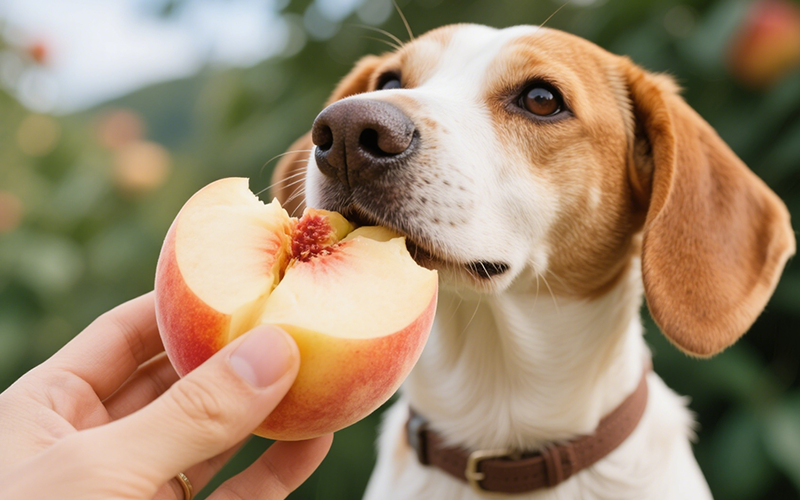
Can Dogs Eat Peaches? Vet Explains Benefits, Cyanide Risks & Safe Serving
- 16 Apr 2025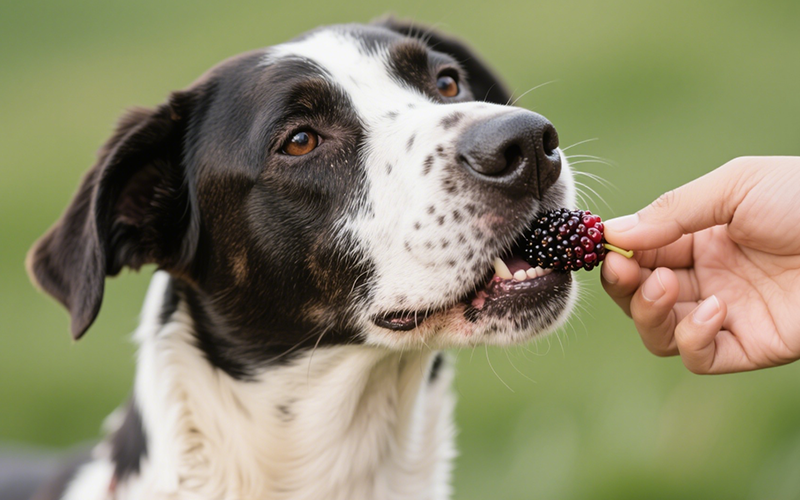
Can Dogs Eat Mulberries? Vet Explains Safety, Benefits & Potential Risks
- 16 Apr 2025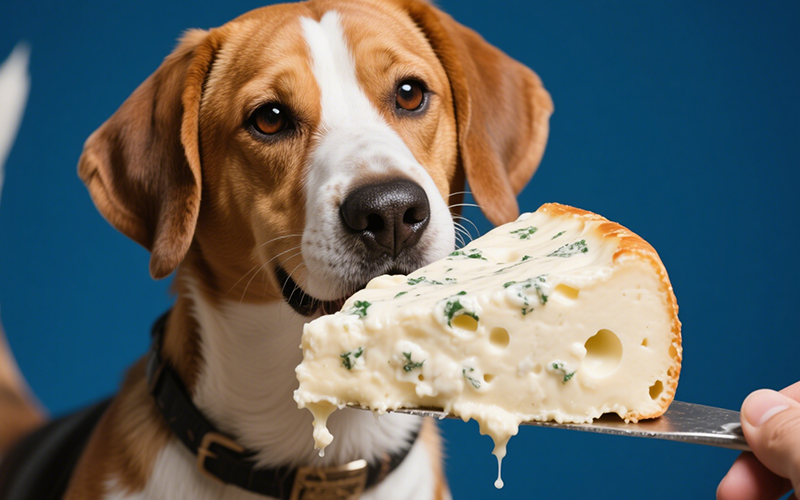
Can Dogs Eat Mozzarella? Vet Explains the Cheesy Truth (Risks & Benefits)
- 16 Apr 2025
Can Dogs Eat Maple Syrup? The Sugary Truth & Why Vets Advise Against It
- 16 Apr 2025
Can Dogs Eat Mac n Cheese? Vet Explains Why This Comfort Food Is Unsafe!
- 16 Apr 2025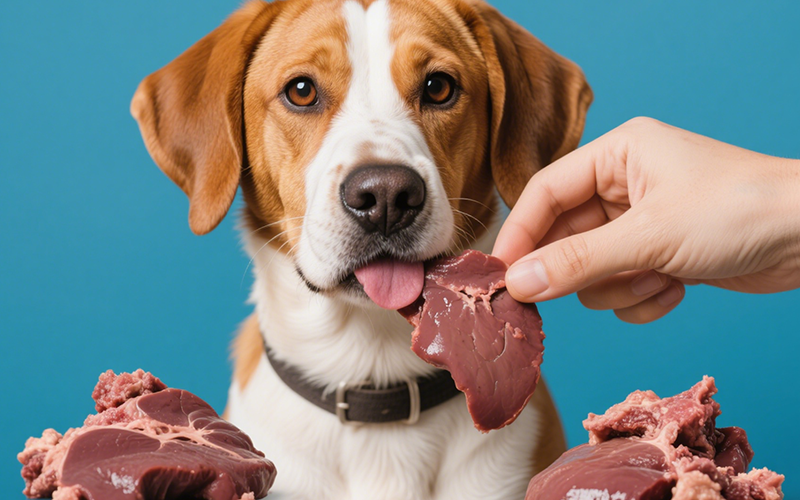
Can Dogs Eat Liver? Vet Guide to This Nutrient-Dense Organ Meat (Benefits & Risks!)
- 16 Apr 2025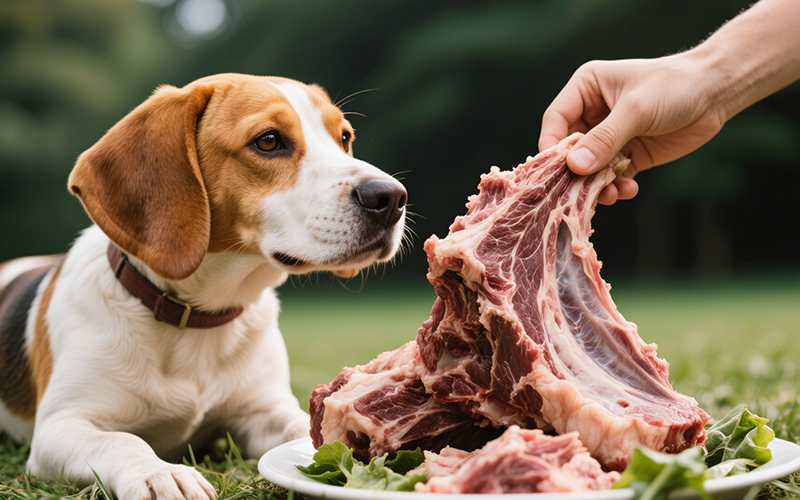
Can Dogs Eat Lamb? Vet Insights on This Nutritious Meat Option
- 16 Apr 2025
Can Dogs Eat Licorice? The Sweet Danger & Glycyrrhizin Risk Explained by Vets
- 16 Apr 2025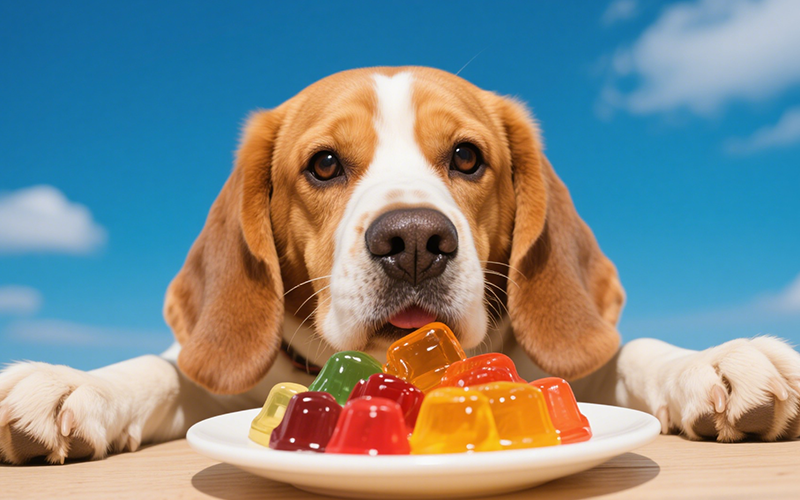
Can Dogs Eat Jelly? The Sweet Truth About Sugar, Xylitol & Why Vets Say No!
- 16 Apr 2025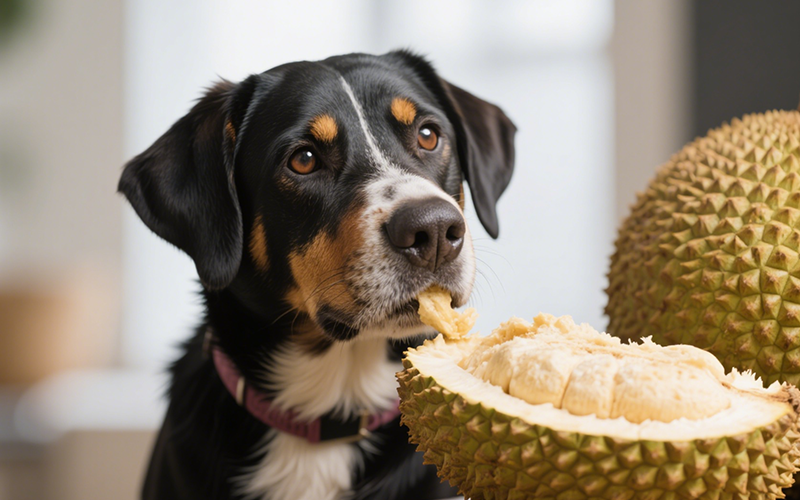
Can Dogs Eat Jackfruit? Vet Explains Potential Risks & Safe Preparation
- 15 Apr 2025
